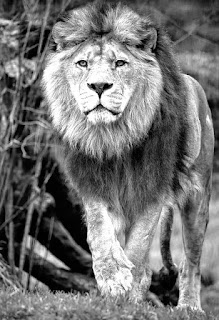The 10 most used Acrylic painting Techniques
Acrylic painting is a versatile medium that offers a range of techniques for beginning artists to explore and master. Below is a list of the top 10 acrylic painting techniques that are essential for creating realistic art. Each technique can be used independently or combined to achieve various effects and styles.
1. Blending: This technique is crucial for smoothly transitioning between colors and creating depth. It involves using a wet brush to mix colors directly on the canvas. Blending is often used for skies, water, or any surface where a gradient effect is desired.
2. Pouncing: Pouncing involves using a sponge or soft brush to lightly dab paint onto the surface. This technique creates texture and can be used to mimic natural patterns such as foliage or clouds.
3. Splattering: Splattering adds dynamic energy to a painting by flicking paint onto the canvas with a brush. This technique works well for adding texture or creating an impressionistic background.
4. Wash: A wash is a thinned-out layer of paint applied over a surface to create a translucent color effect. Washes are perfect for creating a base layer or adding subtle color variations.
5. Drybrushing: Drybrushing involves using a brush with very little paint and dragging it across the canvas. This technique highlights the texture of the canvas or any underlying layers, and is often used to create highlights or add texture.
6. Glazing: Glazing involves applying a thin, translucent layer of paint over a dried base color. This technique adds depth and richness to colors and is used for shading and altering color temperature.
7. Impasto: Impasto is a technique where paint is applied thickly to the canvas, creating a textured surface. This technique adds dimension and is used to emphasize brush strokes and give a painting a tactile quality.
8. Stippling: Stippling involves applying small dots of paint with a brush or sponge. This technique creates a textured, granular effect and is often used for shading and creating detailed work.
9. Scumbling: Scumbling is the application of a thin, opaque layer of paint over a dry layer, allowing bits of the underpainting to show through. This creates a textured, softened look and can be used for atmospheric effects.
10. Sgraffito: Sgraffito involves scratching through a layer of wet paint to reveal the layer beneath. This technique can be used to create fine lines, texture, or patterns in a painting.
These techniques form the foundation of acrylic painting and allow artists to experiment with different textures, effects, and styles. By practicing each method, beginning artists can expand their repertoire and develop their unique artistic voice.


Comments